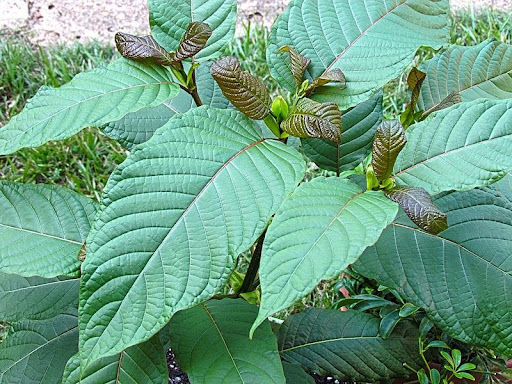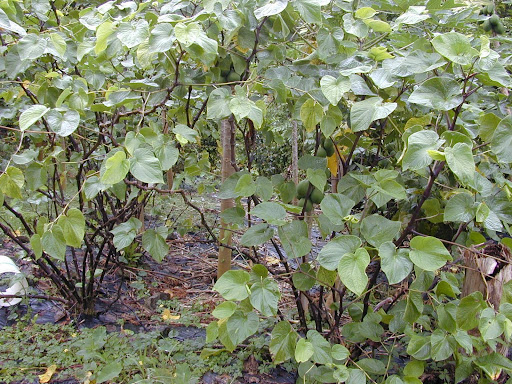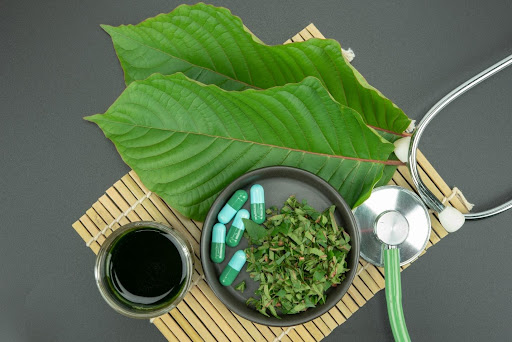Kratom and kava are becoming popular because many believe that they can decrease one’s anxiety. You can see them at your local grocery stores or online shops, and while they may look similar, the truth is that they are different from each other, and you shouldn’t be confused with them.
The kratom evergreen tree is often native to southeast Asia, especially in countries like Borneo, Indonesia, Malaysia, and Thailand. They have been part of these country’s cultures for many years, and the natives traditionally chew the leaves to enhance their mood or relieve their pain.
In the meantime, kava is indigenous to the Western Pacific, where it’s grown in Hawaii, Micronesia, Papua New Guinea, Fiji, and Vanuatu. This is often consumed before an essential ritual is performed so that people can be more relaxed, and they are usually drunk in a social setting instead of alcohol.
Key Similarities

- They are Prepared in the Same Way
The leaves of the evergreen tree, kratom, are chewed regularly. However, some dry and crush them so they will have a powdery consistency. They are often mixed with water to mask their strong taste. This is similar to how kava is prepared, and sometimes, the consumption method is identical to that of drinking tea. This may include adding ground roots and steeping them into water. The leaves and roots are then strained to create a brown drink.
Since there are similarities in appearance and preparation, it can be easy for the consumers to be confused. You might want to learn more about them in the link provided to see more of their differences. Know that both of them have sedative and stimulant effects, and they may be consumed with a purpose to have recreational relaxation that can have psychological or physiological effects.
- They Have Identical Effects
For kava, there’s still a need for in-depth studies about its benefits when you drink it. However, there’s anecdotal evidence that regular drinking of kava tea can temporarily reduce stress and muscle tension. It can also help manage stress, decrease one’s social inhibitions, induce some sense of euphoria, and produce effects similar to nootropics.
It’s worth noting that there are three categories of kava products. The first one is the heavy variety that will give you some boost of energy and calm that others describe as something clear-headed. The heavier products can give you a sedative effect that can knock you out even if you’re experiencing insomnia, and there’s the balanced one with mixed results.
When it comes to kratom, the effects are similar to that of the kava, but this can depend on the overall dosage. This can be a psychoactive product, and even if you’re just consuming a low dose of it, it makes you more talkative, energetic, socially hyperactive, and agitated. A higher amount may help with pain relief and act as a sedative that will give you a more dream-like experience.
Distinct Differences

- Contrasting Compounds at a Pharmacological Level
Kratom has various alkaloids, and this can interact with the brain’s opioid system. This is the system that’s responsible for how one responds to pain. The alkaloids may act as agonist receptors that are similar to that of opiates and morphine. Know that kratom can have the same risk of addiction as that of morphine.
There are scientific studies that show kratom contains psychoactive compounds in the form of 7-hydroxymitragynine and alkaloids mitragynine. These two tend to produce an opioid and analgesic effect that can be addictive to some. Others may develop tolerance over time, which means they may need higher doses of kratom or experience withdrawal syndrome. Get more info about kratom in this link: https://www.webmd.com/vitamins/ai/ingredientmono-1513/kratom.
The plant’s unique makeup of chemicals is one reason why so many people addicted to opioids and heroin use this to make weaning easier. This also acts as a sort of pain reliever, but there’s still a need for an in-depth study about the plant to ensure its safety and efficacy.
Kava is not addictive compared to kratom. While the scientific community is just getting started with kratom, there’s already growing research and established publications about the compounds contained in Kava and their effects on the body.
One of their primary ingredients is called kavalactones, and this is responsible for 90% of the natural ingredients found in the herb itself. These ingredients are identified based on their chemotypes. The kavalactones will interact with a person’s limbic system, which is the part associated with emotions. The alkaloids in the kratom tree, the kavalactones of kava, are often opiate agonists, and they don’t have any risks of having the side effects of opiates.
- Legal Differences
The US has a kratom ban, and there’s an ongoing legal and complicated battle going on with it. In countries like Thailand, kratom has been outlawed for almost 70 years. The reason behind these bans is that the Thai government originally wanted to lessen their tax revenues from the distribution of opium.
While recent movements have made calls to decriminalize the kratom plant, this is still not happening in Thailand. Its use is also prohibited in Malaysia, where the user can be sentenced to imprisonment if caught.
As for kava, this plant is now gaining the acceptance of many countries around the world. This was proven to be a safe and herbal product that’s not addictive at all. In Germany and Switzerland, kava was initially banned because researchers thought it could cause liver problems. However, this was proven to be not true, and other factors caused the liver problems.
For 20 years, kava tea has been legal in the United States, and it falls into the herbal supplement category. In the State of Hawaii, this is an essential part of the culture, and various bars have opened up worldwide. Many people are now giving up their glasses of wine and bottles of beer, and instead, they turn to other more organic and herbal means for relaxation. You can find them in powdered forms in online shops and local grocery stores, and the right products can have a relaxing effect on you.





